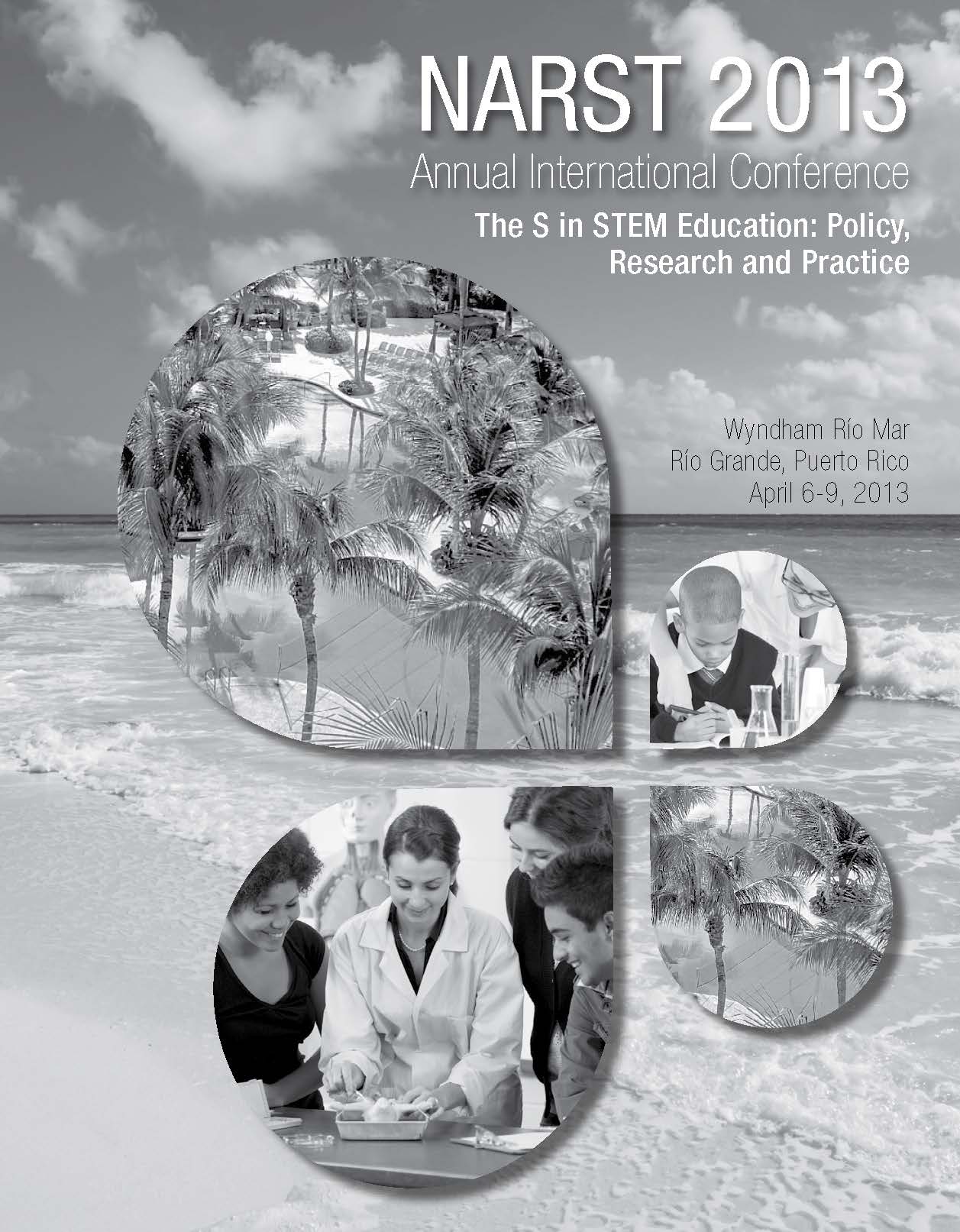The S in STEM Education: Policy, Research and Practice
The Conference Theme: No matter where we live, it seems we are inundated by news of economic worries, if not impending disasters. More enlightened views expand the conversation to concerns about environment, energy policy, and growing gaps in income inequality within and across nations. Invariably, such discussions turn to STEM education as both a problem to be solved, as well as a crucial component in the solution.
Science education is front-and-center in such discussions. Our 2013 Conference theme, “The S in STEM Education: Policy, Research and Practice” is right on target. Although there is no one agreed upon definition of STEM education, in informed policy circles, STEM education is increasingly linked to interdisciplinary curricula with an emphasis on project-based learning. Problems to be solved are contextualized by placing them in real world situations. Such instruction, skillfully enacted by innovative teachers, leads students develop 21st Century Skills. Technology is employed as a source of information and learning; as the glue to connect learners, teachers and experts; and, as a means for students to demonstrate what they have learned. Students become more empowered learners who stand a better chance of success in STEM majors, jobs or careers. A recent report indicated that students in any fields with such skills and sensibilities will have more opportunities, job flexibility, and higher earnings.
The 2013 Annual International Conference in Rio Grande, Puerto Rico offers a chance to discuss, elaborate, or critique the connections between science education and new notions of STEM education.



